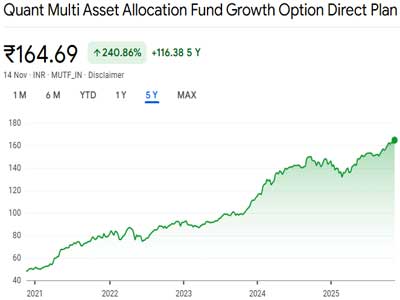The 10-day-long Taj Mahotsav, a celebration of Agra’s art, culture, and heritage, has become a permanent fixture on the city’s event calendar. However, despite its long tenure and fanfare, the festival’s effectiveness in attracting foreign tourists and its overall impact on the local tourism industry remain subjects of debate.
While the festival draws local crowds, its appeal to international visitors appears limited, raising concerns about its strategic direction and potential for growth. Is the Taj Mahotsav truly a showcase of Agra’s grandeur, or has it become a local spectacle, failing to capitalize on the city’s global allure?
Read in Hindi: वैश्विक पर्यटन के लिए एक खोया हुआ अवसर है ताज महोत्सव...!
Since its inception in 1992, the Taj Mahotsav has aimed to promote tourism and showcase the artistic and cultural heritage of the region. The festival features a variety of activities, including folk music and dance performances, craft exhibitions, culinary delights, and cultural processions. Organizers promise new attractions every year to maintain a sense of novelty. However, the festival’s core offerings often fall short of the unique and engaging experiences sought by international tourists.
Last year, the Municipal Commissioner of Agra introduced a successful initiative, the Yamuna Aarti Festival, which will once again captivate the city’s residents in a new form this year.
A significant criticism of the Taj Mahotsav is its lack of focus on attracting foreign tourists. The festival prioritizes domestic audiences, thereby overlooking the opportunity to showcase Agra’s rich heritage to a global audience. Hoteliers argue that the event has become overly local, resembling an ‘extended village fair’ rather than a sophisticated cultural exhibition.
The festival’s programs often include Bollywood singers and generic performances, which, while popular among local audiences, fail to reflect the unique cultural experiences desired by international travellers. Instead of delving into the diverse traditions of India and the region, the festival often presents a homogenized version of entertainment, lacking the depth and authenticity that foreign tourists appreciate. Many find the festival’s presentations overly commercialized.
Additionally, many international visitors are part of package tours or conducted tours, which leave limited time for independent exploration and engagement with local events. Hoteliers and tourism industry leaders have expressed frustration over the festival’s repetitive nature and its failure to creatively present the grandeur and opulence of the Mughal era. The festival lacks a clear and compelling narrative that could attract international visitors and showcase the unique cultural richness of Agra and the surrounding Braj region.
While efforts have been made to decentralize the event and include more participants, these attempts often fail to address the fundamental issues of focus and appeal.
The question remains, What is the true purpose of the Taj Mahotsav? Is it primarily a local celebration, or does it aspire to become a significant player on the global tourism stage? Organizers need to move beyond generic entertainment and focus on creating unique, immersive experiences that highlight the rich cultural heritage of Agra and its surrounding areas. This requires a deeper understanding of the needs and expectations of international tourists, as well as a greater commitment to collaborating with local tourism businesses and cultural organizations.
To realize the Taj Mahotsav’s potential in promoting Agra as a premier tourist destination, it must address its existing shortcomings and adopt a more strategic and globally focused approach. Only then can the festival truly celebrate the soul of Agra.


















Related Items
How long will our daughters keep dying?
Agra’s famous Vaidya Gali wears a deserted look on Dhanwantari Jayanti
Path to a self-reliant India amid global trade conflicts…